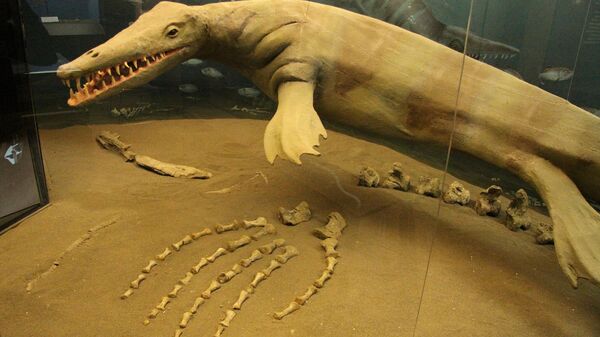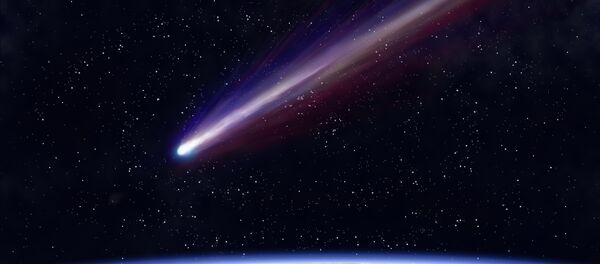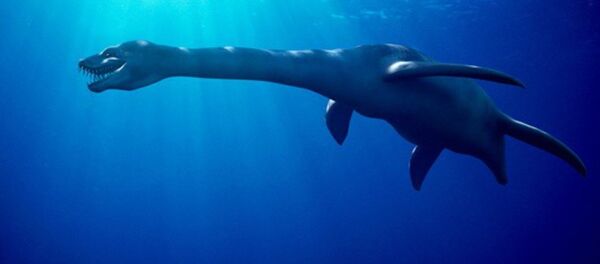"Mosasaurs are among the best-studied groups of Mesozoic vertebrate animals, but evidence regarding how they were born and what baby mosasaur ecology was like has historically been elusive," Daniel Field, the lead author of the study and a doctoral candidate in Yale's Department of Geology and Geophysics, said.
The main focus of the research was placed on the youngest Mosasaur specimens that have been discovered, which are part of the extensive fossil collection of the Yale Peabody Museum of Natural History.
Field said that "these specimens were collected over 100 years ago," and that "they had previously been thought to belong to ancient marine birds."
He was echoed by Aaron LeBlanc, a doctoral candidate at the University of Toronto at Mississauga and a co-author of the study.
"Contrary to classic theories, these findings suggest that Mosasaurs did not lay eggs on beaches and that newborn Mosasaurs likely did not live in sheltered near-shore nurseries," LeBlanc explained.
The first fossil remains of Mosasaurs were discovered at a limestone quarry in the Dutch city of Maastricht on the Meuse River in 1764.



